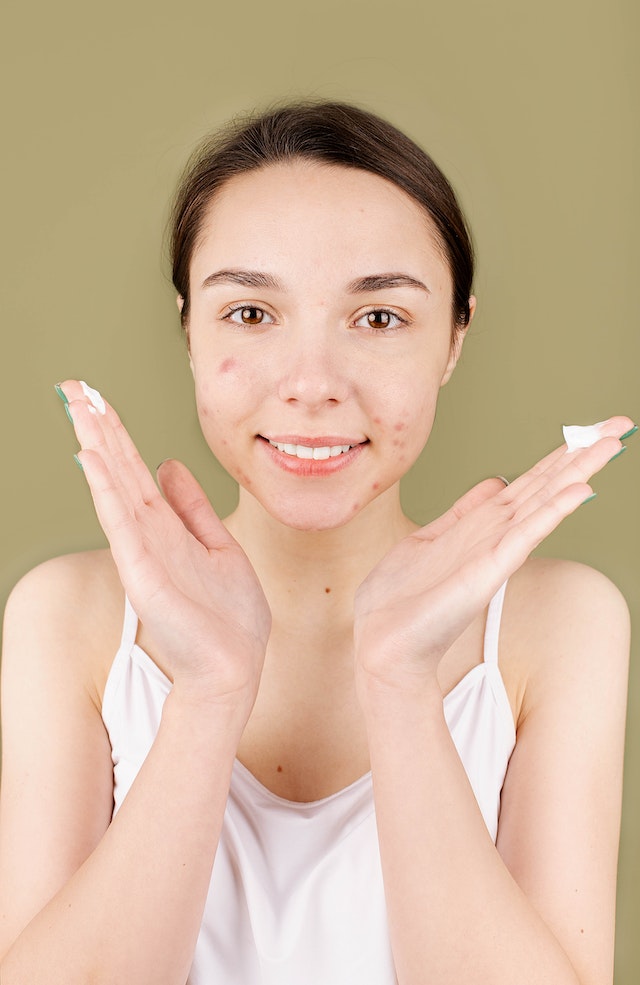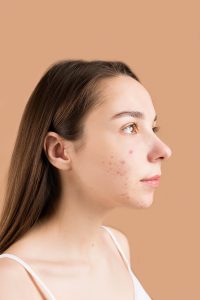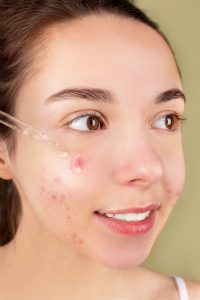Acne: Unpacking the Common Skin Struggle
Acne is a widespread skin condition that plagues people of all ages and backgrounds. It occurs when hair follicles, commonly referred to as pores, become clogged with oil, bacteria, and dead skin cells. This leads to various types of lesions on the skin, including blackheads, whiteheads, pustules, and in severe cases, cysts.
The primary culprits behind acne are:
- Excess Sebum Production: The sebaceous glands under your skin produce an oily substance called sebum. During puberty, hormonal changes can trigger these glands to overproduce sebum. This excess oil can clog hair follicles, creating a breeding ground for acne.
- Bacteria: Propionibacterium acnes, a type of bacteria that thrives in the skin’s oily environment, can exacerbate acne. It feeds on the trapped sebum, leading to inflammation and the formation of painful pimples.
- Dead Skin Cells: Skin cells naturally shed, but sometimes they don’t shed properly, causing them to accumulate within the follicles. This contributes to blockages and acne.
- Hormonal Fluctuations: Hormonal changes, especially during puberty, menstruation, pregnancy, and menopause, can trigger or worsen acne. Androgens, a group of hormones, play a significant role in stimulating sebum production.
- Diet and Lifestyle: While the relationship between diet and acne is complex, certain foods, like high-glycemic-index carbohydrates and dairy products, may exacerbate acne in some individuals. Stress and inadequate sleep can also play a role in its development.
Managing acne involves a multifaceted approach:
- Cleansing: Using a gentle cleanser to remove excess oil and dirt can help prevent pore blockages. However, over-cleansing or using harsh products can worsen the condition.
- Topical Treatments: Over-the-counter or prescription topical treatments containing ingredients like benzoyl peroxide, salicylic acid, or retinoids can help unclog pores and reduce inflammation.
- Oral Medications: For severe cases, a dermatologist may prescribe oral antibiotics, hormonal therapy, or isotretinoin, a potent acne medication.
- Lifestyle Adjustments: Adopting a balanced diet, managing stress, and getting adequate sleep can contribute to healthier skin.
- Professional Care: Dermatologists can provide tailored treatments such as chemical peels, laser therapy, or extraction of cysts.
Acne is a treatable condition, and the right approach depends on its severity and individual factors. Remember that what works for one person may not work for another, so consulting a dermatologist is often the best path to clearer, healthier skin. With patience and the right regimen, most people can successfully manage their acne and regain their confidence.



